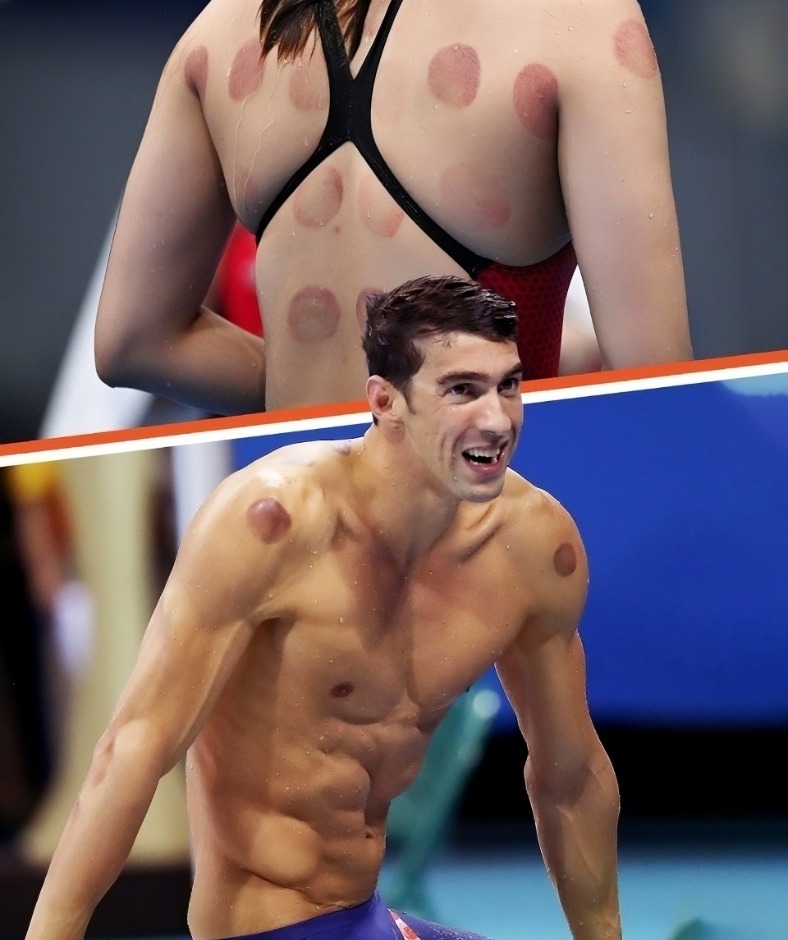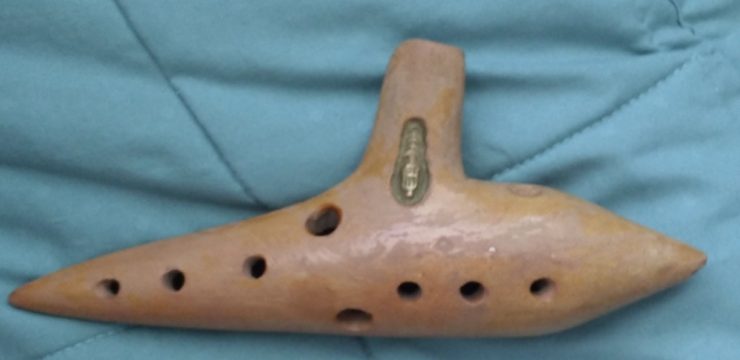The Paris 2024 Olympics kicked off with a spectacular opening ceremony on the Seine River, featuring over 6,800 athletes from around the world. As the games unfold, spectators have noticed something intriguing: many athletes, especially swimmers and gymnasts, have dark red, circular marks on their bodies. These spots have sparked curiosity, prompting viewers to ask, “What are those marks?” The answer lies in an ancient technique known as cupping therapy.

What Is Cupping Therapy?
Cupping therapy is an age-old practice rooted in traditional Chinese medicine that dates back over 2,000 years. This method involves placing special cups on the skin, creating suction that draws the skin and underlying tissues into the cups. The resulting marks can range from light pink to deep red or purple, depending on the intensity and duration of the session. These marks may look alarming, but they are temporary and generally harmless.
Beyond its visual effects, cupping is believed to offer several health benefits, including muscle relaxation, pain relief, and improved blood circulation. It has become increasingly popular among athletes who seek faster recovery and enhanced performance.
Why Do Athletes Use Cupping?
Athletes like Michael Phelps and Serena Williams have been seen with cupping marks, leading to greater awareness of this therapy. So, why has cupping become a go-to choice for elite athletes? Here are the benefits it’s believed to provide:
1. Relieves Muscle Soreness and Stiffness
Athletes often experience muscle soreness after intense training sessions. Cupping is thought to help reduce this soreness by increasing blood flow to specific areas. The increased circulation helps flush out lactic acid and other waste products, potentially reducing stiffness and speeding up recovery.
2. Speeds Up Recovery
Quick recovery is crucial for athletes competing in events like the Olympics, where multiple competitions may occur over consecutive days. Cupping is believed to accelerate healing by promoting blood flow and delivering nutrients to muscles more rapidly. This helps athletes maintain peak performance throughout the competition.
3. Reduces Inflammation
Inflammation is a common challenge for athletes, often causing pain and limiting performance. Cupping is thought to reduce inflammation by stimulating blood flow and supporting the body’s natural healing processes. This makes it easier for athletes to return to training and compete effectively.
4. Promotes Relaxation and Pain Relief
Cupping can be as relaxing as a massage. Many athletes report feeling looser and more relaxed after a session, which can enhance their performance. The therapy may also trigger the release of endorphins, the body’s natural pain relievers, helping athletes manage discomfort during intense training or competition.
The Origins of Cupping Therapy
Cupping is not a new trend—it has a long history dating back to ancient China, where it was used to treat ailments like muscle pain and respiratory issues. Over the years, cupping techniques have evolved, but the core principles remain unchanged. Today, cupping is practiced globally, often combined with other therapies like acupuncture to create a more holistic approach to healing.
Celebrities and Athletes Who Use Cupping
Cupping therapy gained widespread attention during the 2016 Rio Olympics when swimmer Michael Phelps appeared with visible cupping marks. As one of the most successful Olympians in history, Phelps’s endorsement of cupping sparked interest among both athletes and the general public. Other athletes and celebrities have since embraced the therapy, including:
- Michael Phelps (Swimmer): Phelps’s cupping marks during the Rio Olympics brought the therapy into the limelight, highlighting its benefits for muscle recovery.
- Serena Williams (Tennis Player): The tennis star has spoken about how cupping helps her manage muscle soreness and maintain her performance level.
- Gwyneth Paltrow (Actress): Even Hollywood has taken notice. Gwyneth Paltrow has appeared on the red carpet with cupping marks, promoting the therapy’s broader wellness benefits. As a proponent of holistic health, Paltrow helped popularize cupping beyond the sports world.
How Does Cupping Work?
The basic principle of cupping is straightforward: suction lifts the skin and underlying tissue, increasing blood flow to the area. Here’s how a typical session unfolds:
- Preparation: The practitioner places cups, made of glass, silicone, or bamboo, on the skin.
- Suction Creation: Suction is created using either heat or an air pump, drawing the skin into the cup.
- Treatment: The cups are left on the skin for 5 to 20 minutes, depending on the desired effect. This draws blood to the surface, promoting circulation and leaving the characteristic circular marks.
- Aftercare: The cups are removed, and the marks usually fade within a few days, while the benefits may last longer.
Are There Any Risks to Cupping?
While cupping is generally considered safe, it does come with some potential side effects, including:
- Skin Irritation: Mild discomfort or itching may occur but usually fades quickly.
- Bruising: The red or purple marks left behind are essentially bruises that can last for several days.
- Mild Pain: Some individuals may experience minor discomfort during or after the session, especially if it’s their first time.
Most people find the benefits outweigh these inconveniences, but it’s always advisable to consult a qualified practitioner before trying cupping, especially for those with sensitive skin or underlying health concerns.
Cupping’s Growing Popularity in Sports
As more athletes and celebrities continue to use cupping therapy, it’s likely that the practice will become an even more integral part of sports recovery routines. The therapy’s ability to provide natural pain relief and speed up recovery makes it a valuable tool in the highly competitive world of sports, where even a slight advantage can be critical.
Conclusion: Ancient Wisdom for Modern Athletes
The red circles seen on Olympians’ bodies may look strange at first glance, but they represent a blend of ancient healing and modern athletic performance. Cupping offers athletes a natural way to enhance recovery, relieve muscle soreness, and maintain peak performance. As the Paris 2024 Olympics continue, these marks remind us of the enduring value of traditional practices in the pursuit of athletic excellence.





